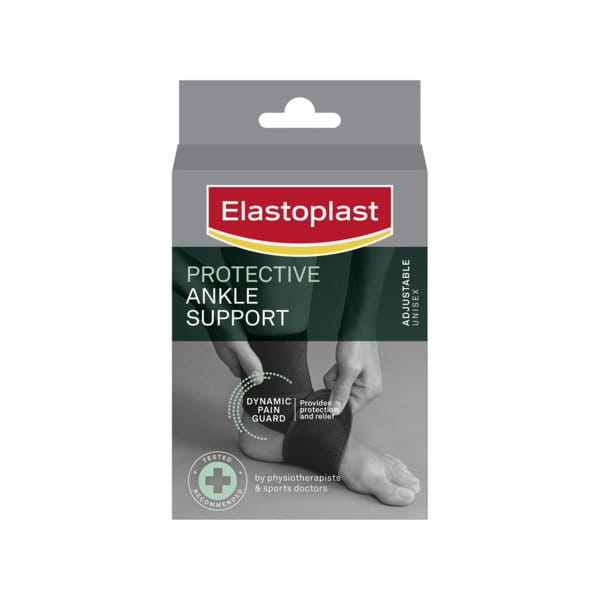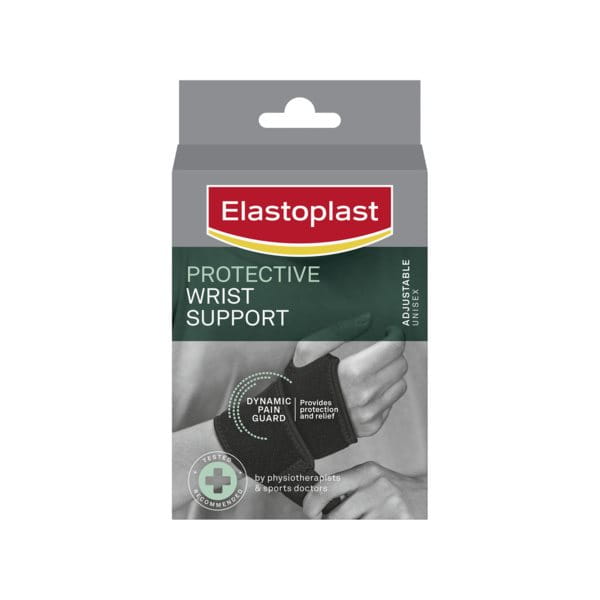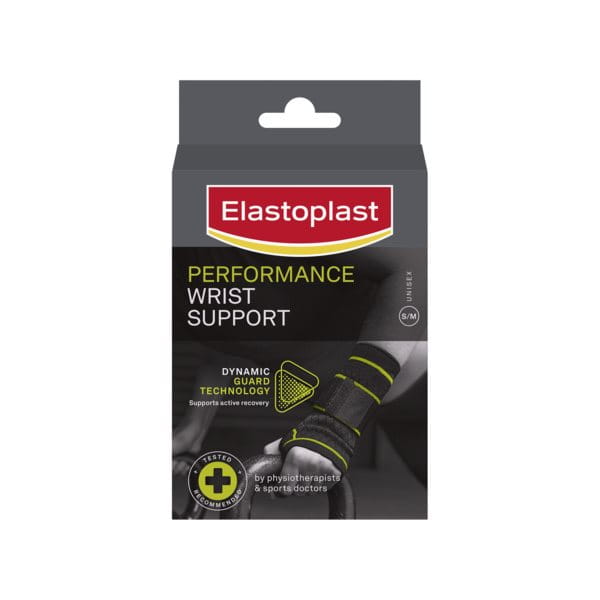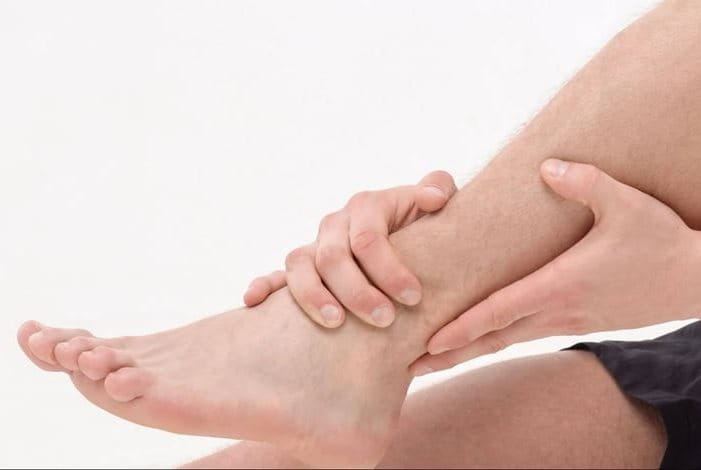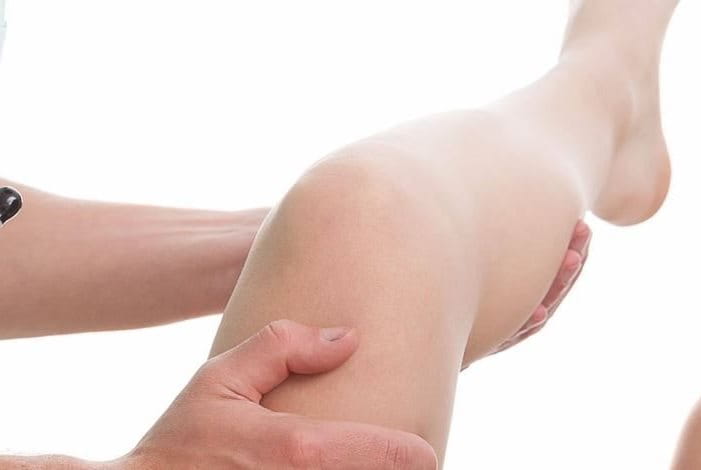Whether it’s acute or chronic, pain is never fun. Joint and muscle pain can be caused by a number of reasons and there are just as many ways of managing the pain caused by them.
In this article we will explore how hot and cold therapy can be used to relieve pain while aiding recovery.
Cold therapy for pain
One of the most common items in a first aid kit is an ice pack and there is a reason for that. Applying cold therapy immediately after an injury occurs can help reduce swelling and numb pain in the area. Cold therapy is most commonly used for acute pain.
How does ice reduce swelling?
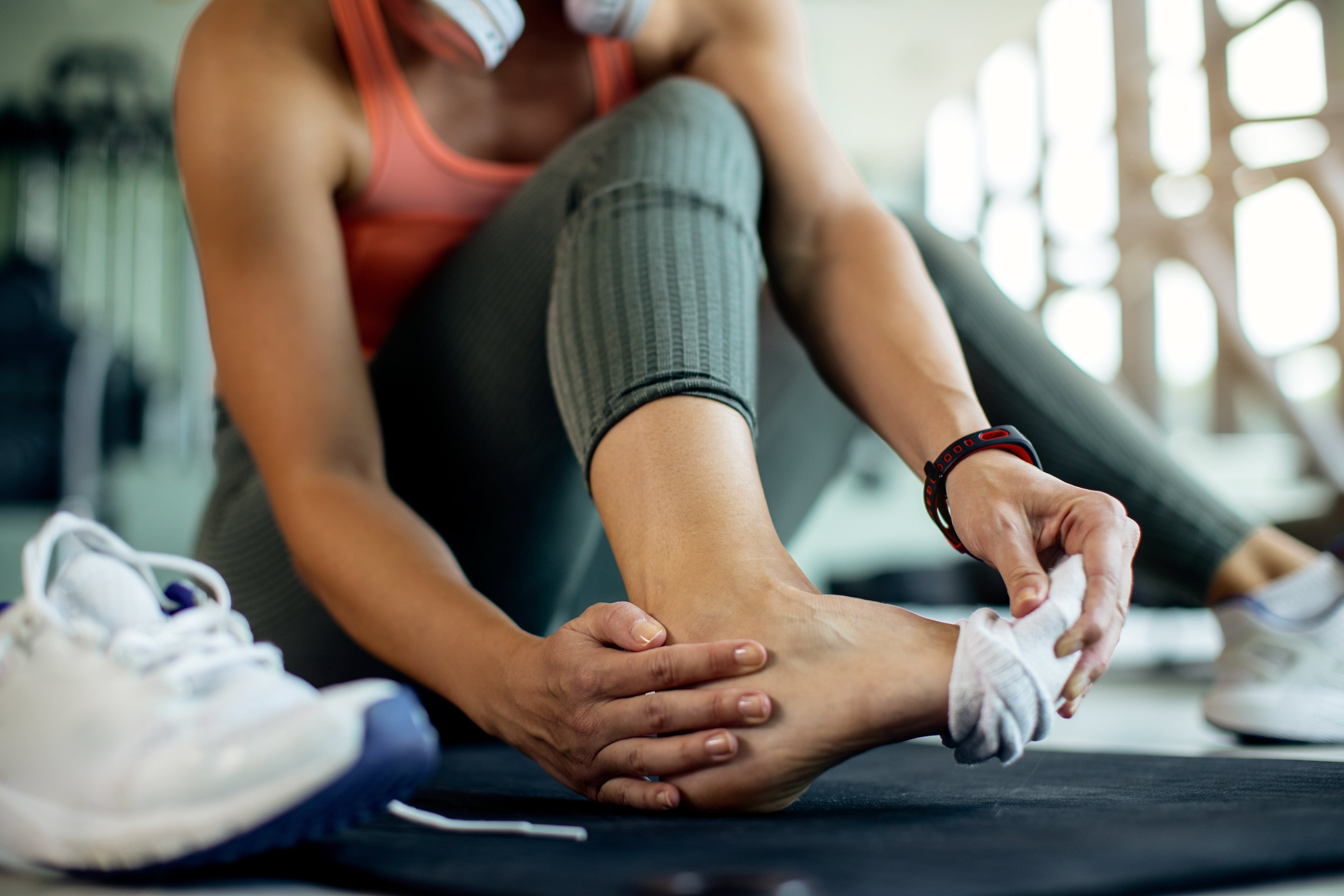
Ice reduces swelling because the cold constricts the blood vessels and decreases circulation to the area. Treating injuries with cold therapy soon after they happen can also help reduce long-term swelling and potentially cut down recovery time.
When to use cold therapy
Cold therapy should be used soon after an injury and it is most effective if applied within 48 hours of getting hurt. This is usually in the form of ice packs and cold compresses, however immersing the affected area in cold water with ice can also help. Cold therapy can be used to relieve the pain associated with acute inflammatory processes.
Applying ice directly to the skin can cause an ice burn so it is recommended to wrap your cold compress with some material to protect the skin, for example a dish cloth.
When not to use cold therapy
Although beneficial, there are times where cold therapy may not be the most suitable method of managing pain.
If stiff muscles or joints are the cause of pain, applying cold therapy will not help and may even worsen the stiffness by restricting blood vessels and blood flow.
This is also why cold therapy is not recommended for those with poor circulation, for example those with cardiovascular conditions, diabetes or reduced sensation.
Types of cold therapy
There are several different ways to apply cold therapy to an injured area such as:
- Ice or frozen gel packs
- Cooling sprays and creams
- Ice massages
- Ice baths
Cold therapies should not be applied for longer than 20 minutes at a time.
Heat therapy for pain
Heat is typically used to treat chronic conditions and the pain associated with them. Chronic conditions are long-lasting and persistent, so pain management is key to get back on your feet.
Heat therapy can be used to relieve the pain associated with muscle-related pain, tension and pain in the back and neck.
Heat therapy also helps with relieving the pain associated with chronic, degenerative joint diseases (arthrosis).
Does heat help muscle pain?
The answer is yes. Applying heat to an injured area will dilate blood vessels and promote blood flow, helping tight and sore muscles relax. The heat can soothe and relieve pain while increased blood flow can help promote healing.
This is especially true when it comes to recovery after exercise. When our muscles work, chemicals are built up in them, most notably lactic acid. This is what causes muscle soreness after working out. Our bodies blood supply is what helps remove these chemicals and so, increasing our blood supply helps us get rid of them faster.
Elastoplast Protective Supports have been created with Thermo-Tech material which provides warmth to support circulation and recovery while providing protection and stability to injured joints.
Elastoplast Performance Supports also support healing through allowing active recovery. They have been created with Dynamic Recovery Knit to stimulate blood flow while being flexible and moving with your body, to provide flexible support for an unstoppable you.
When to apply heat
As previously mentioned, heat can be used to relieve muscle soreness after exercise but it can also be used to manage pain caused by stiff joints and tight muscles.
When applying heat to an injury, if possible, ensure the heating device does not come into direct contact with the skin.
When not to apply heat
In the case of acute injuries, where the affected area is already hot, heating it even more will not benefit the injury or help it heal.
Heat should also be avoided in cases where the injured person has reduced sensation in the affected area or the potential for complications due to pre-existing conditions such as diabetes, vascular diseases, deep vein thrombosis and multiple sclerosis.
Types of heat therapy
There are a number of ways to apply heat therapy to an injured area, for example:
- Hot water bottles
- Heating pads
- Steamed towels
- Hot baths
If the pain is less severe, it may only need 15-20 minutes of heat therapy whereas more serious pain may require up to two hours
Alternating hot and cold therapy
.jpg)
Both therapies have their merits and can complement each other to relieve aches and pains. Alternating hot and cold therapy on an injured area is called contrast therapy.
Contrast therapy stimulates the lymphatic system as the heat relaxes and the cold contracts which helps the lymph fluid circulate through the body for better healing and reduced inflammation. Hot and cold baths are typically used for this type of therapy but it can be modified by using heating and cooling devices for a more targeted approach to pain management.
How to do contrast therapy at home
Alternate applying your chosen heating and cooling device to your affected area in 20 minute intervals until the pain in the area has reduced.
When to see a doctor
It can be difficult to know how long to wait before receiving medical attention, but as a general rule of thumb, if the pain persists for longer than two weeks it may be time to contact your doctor.


.jpg?rx=0&ry=629&rw=4096&rh=901&hash=A49F013BC17B9A2BF9E8F281C61DA886)
